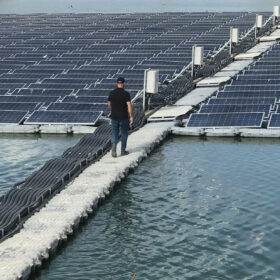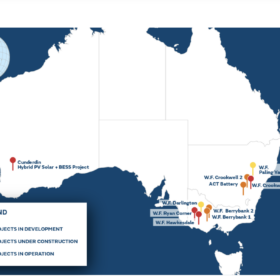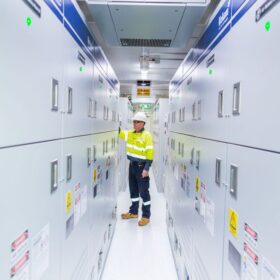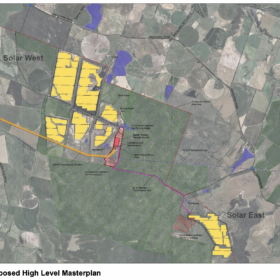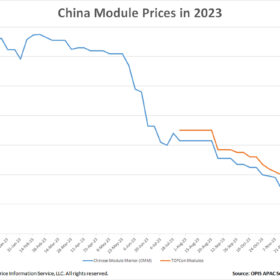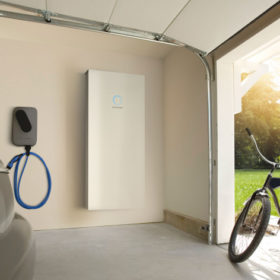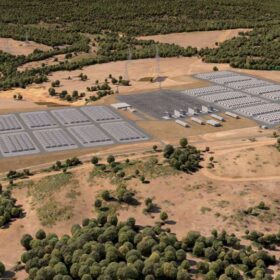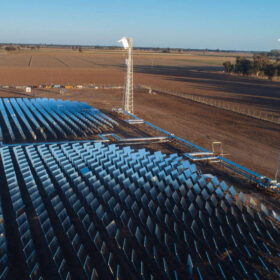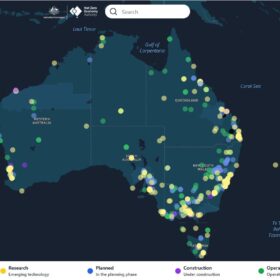Wollongong startup inks deal with local miner to examine deploying gravity storage in 8 disused mine shafts
Startup Green Gravity has signed a deal with mining company Wollongong Resources to study the application of gravitational energy storage technology at up to eight mining sites in New South Wales.
Australian firm developing 700 MW floating solar, 1.5 GWh battery, in Sri Lanka supported by government PPA
Victorian company United Solar Group, which is developing a floating 700 MW solar and 1.5 GWh battery project at the Poonakary Lake in Kilinochchi, Sri Lanka, has had a Power Purchase Agreement approved by the Sri Lankan cabinet.
NSW solar farm approved with ‘strict’ conditions following community outcry
The NSW Independent Planning Commission on Monday approved the 215 MW Oxley Solar Farm and coupled 50 MW/50 MWh battery in Armidale, enforcing a number of conditions on the project in response to significant community backlash.
$4 billion expected from sale of Naturgy’s 1.3 GW portfolio-holder GPG Australia
Major Australian renewable energy portfolio holder Global Power Generation Australia, jointly owned by Spain’s Naturgy and an arm of the Kuwait Investment Authority, is reportedly going up for auction early next year.
New 300 MW battery proposed by Alinta Energy in WA’s southwest
Western Australian utility Alinta Energy has lodged a plan to build a second 300 MW battery at Wagerup in the state’s southwest. The $500 million (USD 330 million) project would sit adjacent to Alcoa’s alumina refinery and Alinta’s gas and diesel-fired power plant.
Tasmania’s largest project, 288 MW solar farm, 691 MWh battery, approved by local council
Tasmania’s largest hybrid solar proposal, the 288 MW Northern Midlands Solar Farm being developed by startup TasRex, was approved by the Northern Midlands Council on December 11. The agrivoltaic project, which will host a flock of sheep beneath its panels, is seeking to be operational by 2026, and includes a 346 MW / 691 MWh battery.
China module prices slide to new lows, manufacturers cut production
In a new weekly update for pv magazine, OPIS, a Dow Jones company, provides a quick look at the main price trends in the global PV industry.
Queensland to roll out rebate scheme to boost uptake of home batteries
The Queensland government has indicated it will support the increased rollout of household battery energy storage systems with a new $24 million (USD 15.75 million) residential battery rebate program set to be launched in 2024.
Synergy secures planning approval for 2 GWh big battery
Western Australian government-owned utility Synergy’s plan to build a 500 MW/2,000 MWh battery energy storage system in the state’s southwest to improve system security and support increased renewable energy generation in the main grid has been given the tick of approval by planning authorities.
Vast scores EDF support for concentrated solar power technology
Australian solar thermal specialist Vast Renewables will look to accelerate the development of its concentrated solar power technology after securing a $16.37 million (€10 million) capital commitment from French energy giant EDF Renewables.

